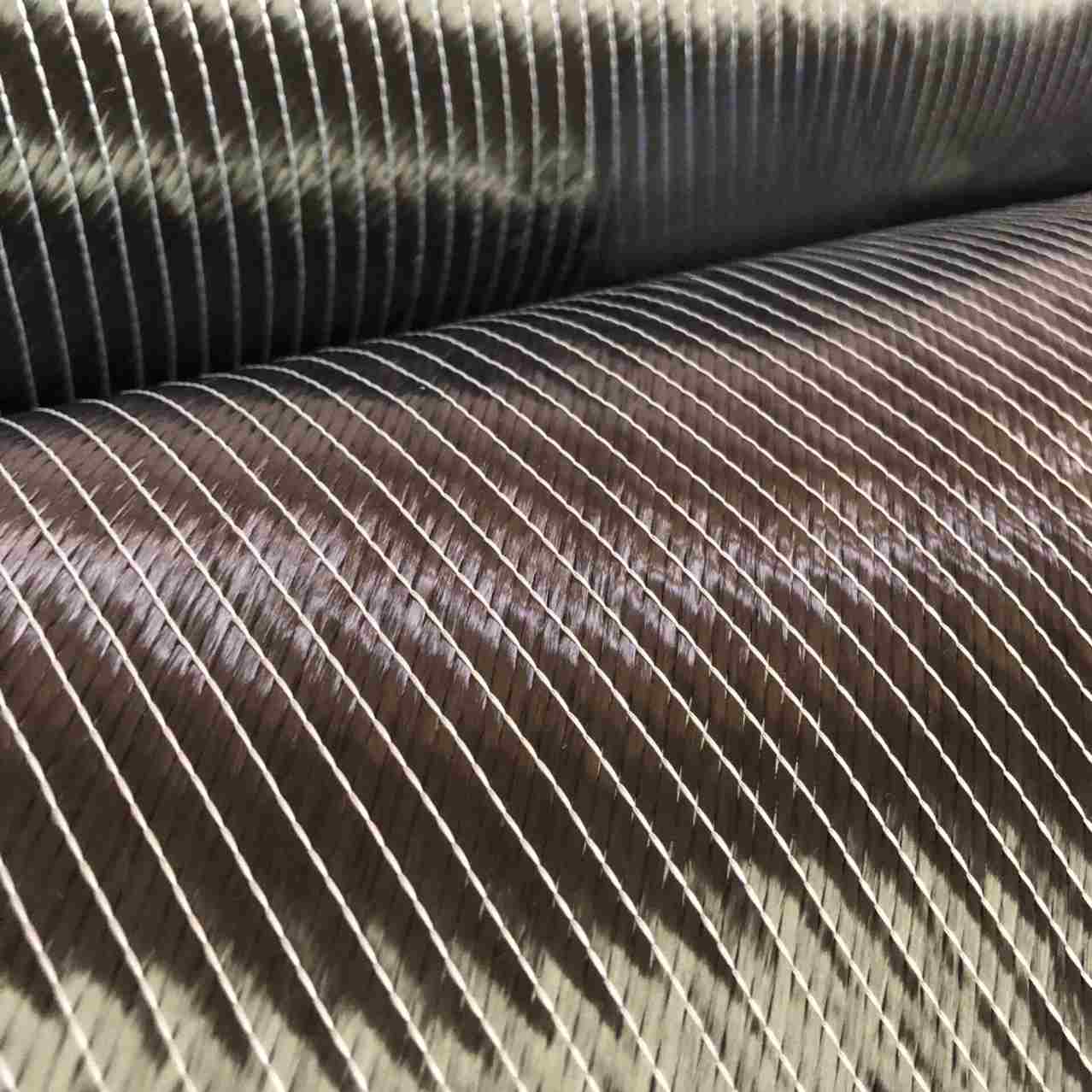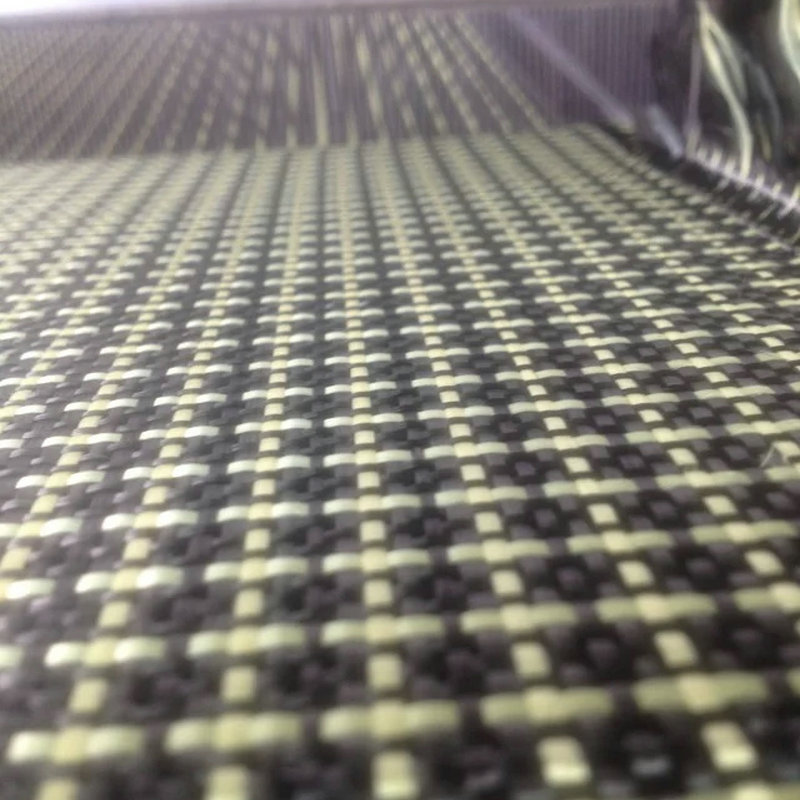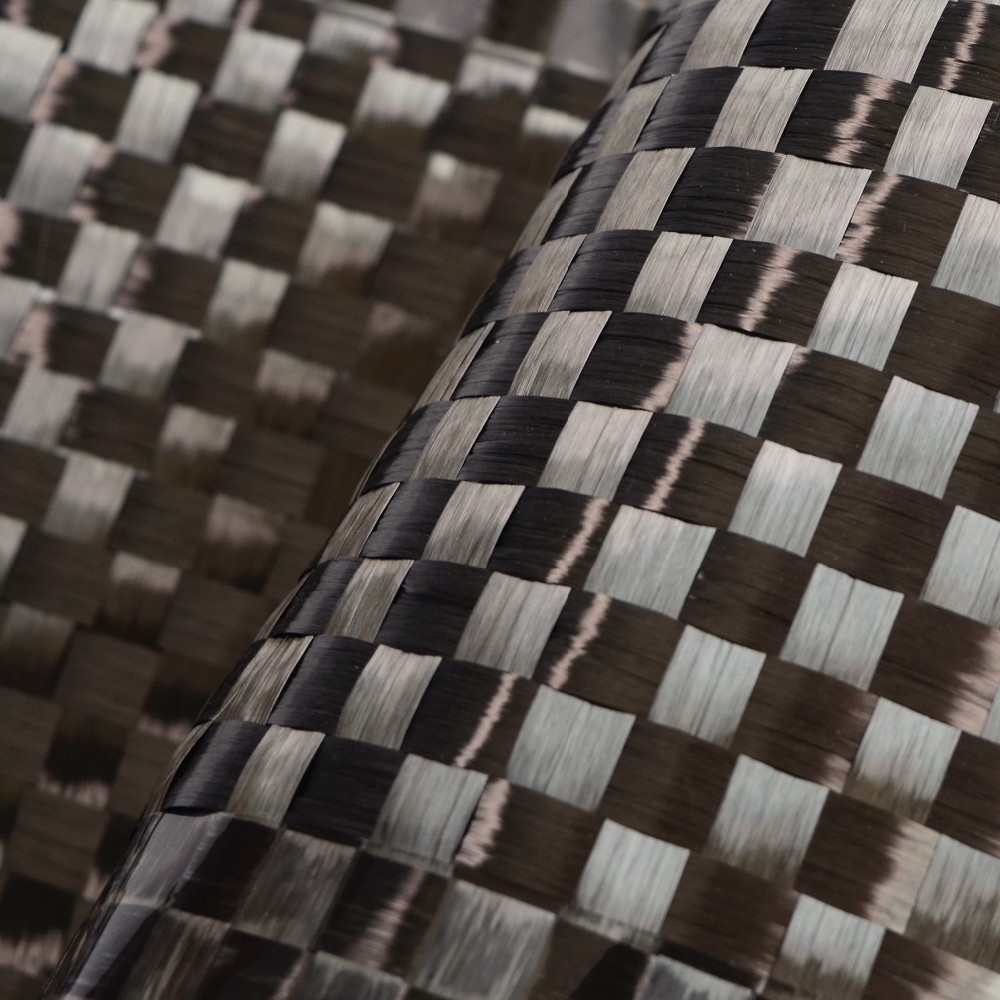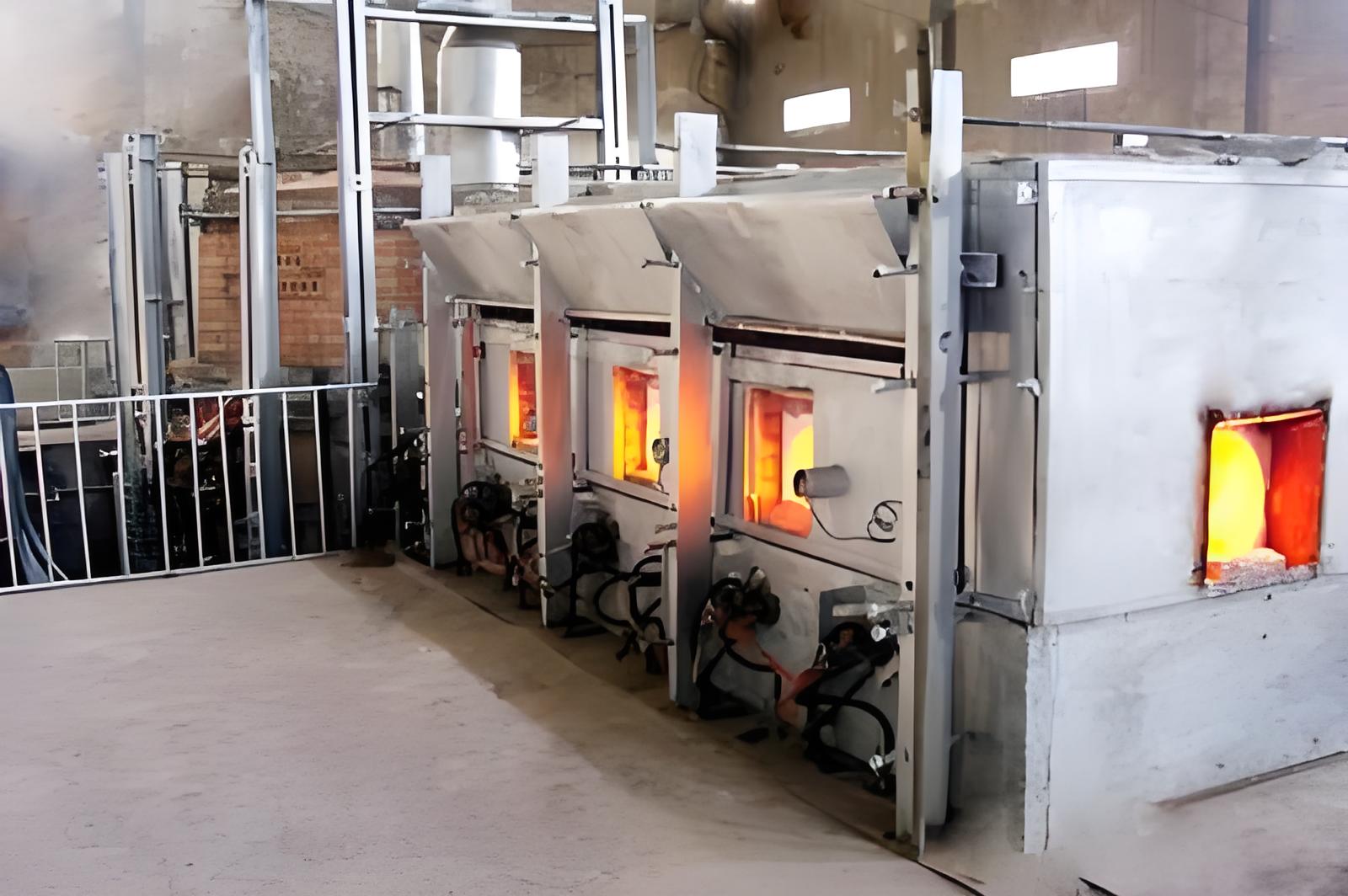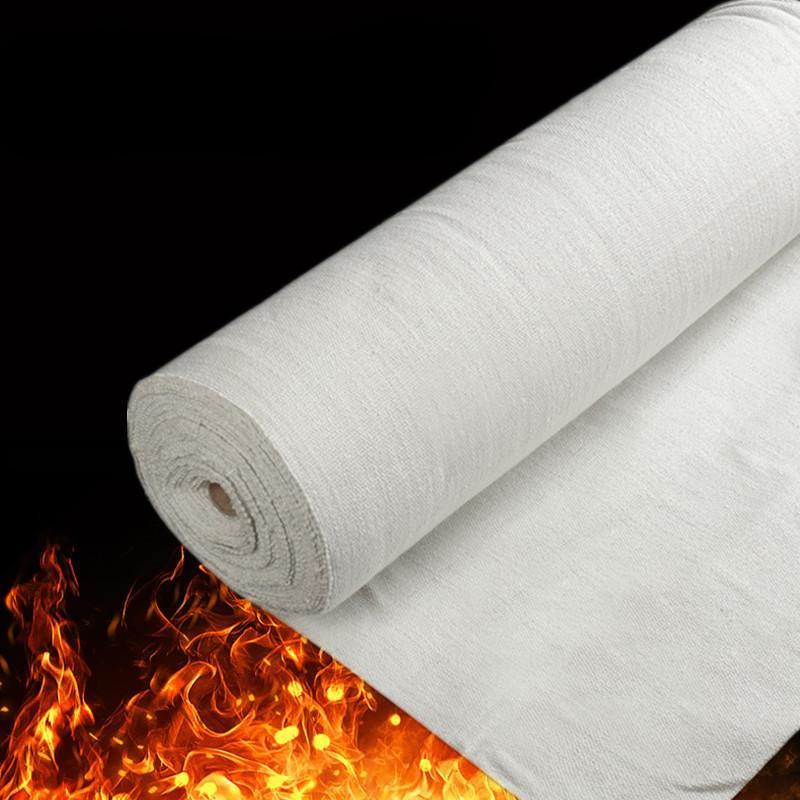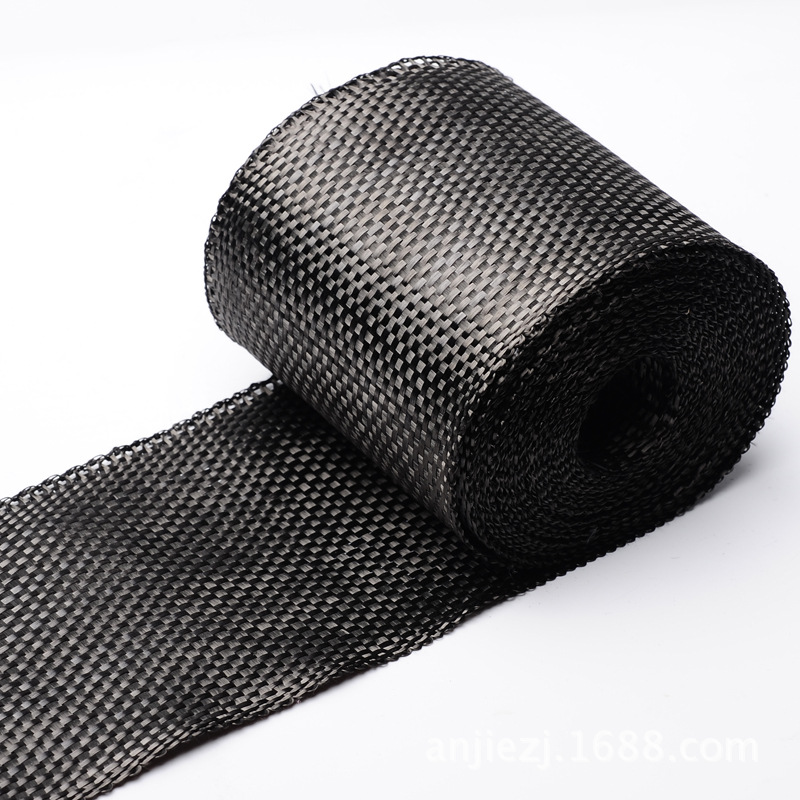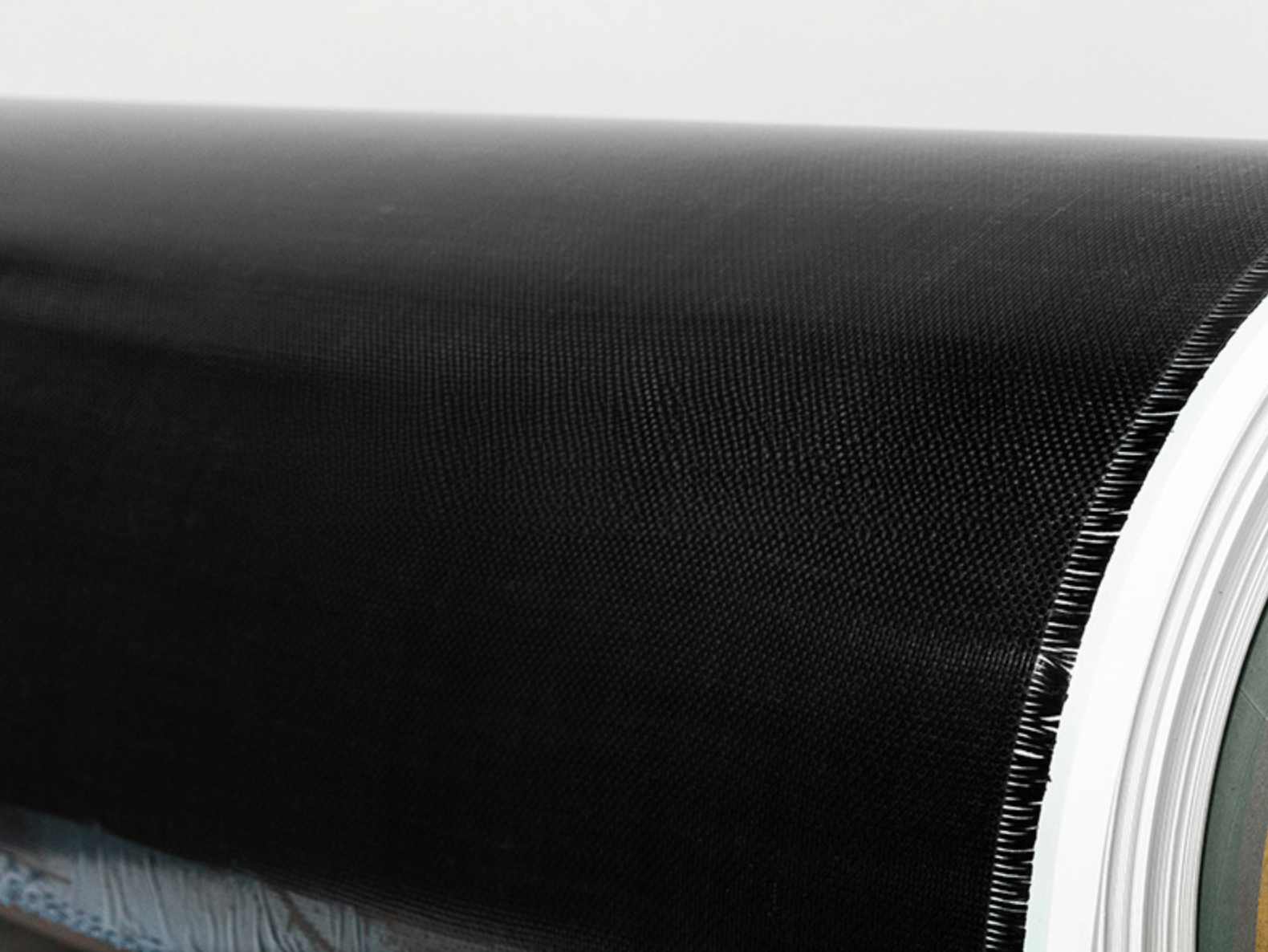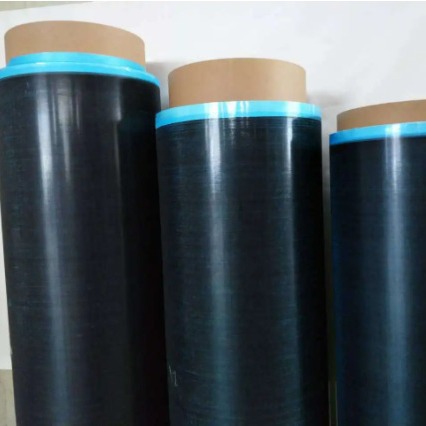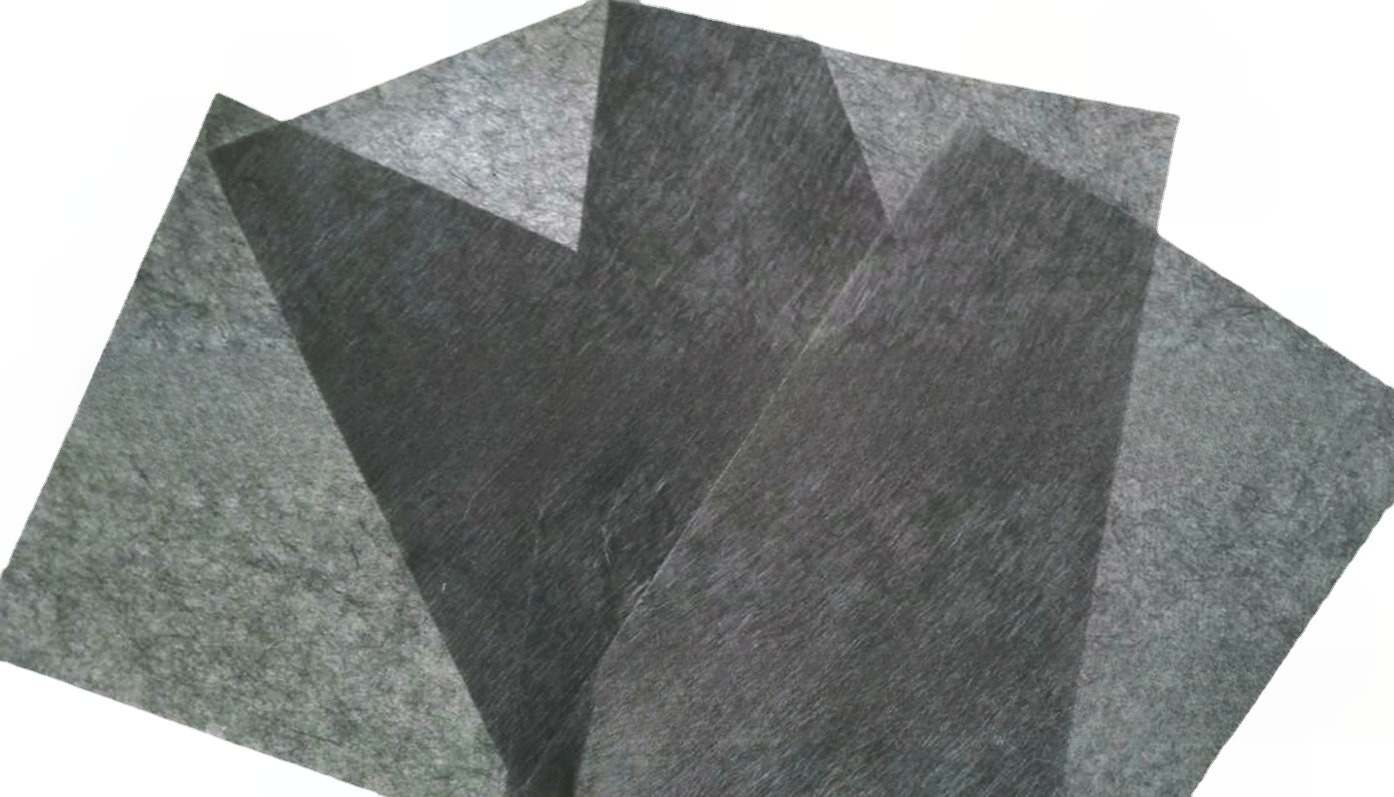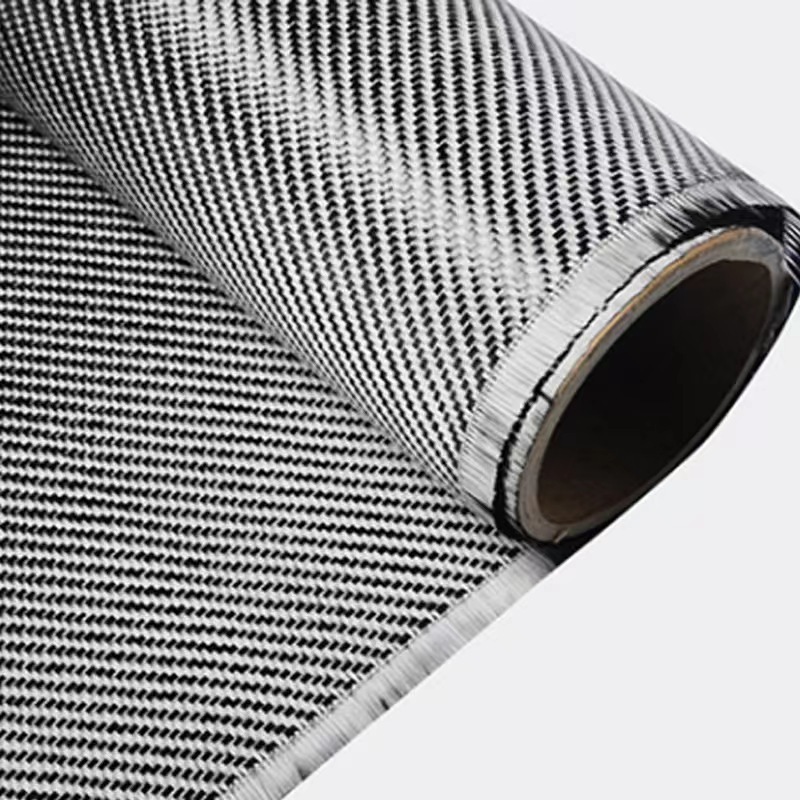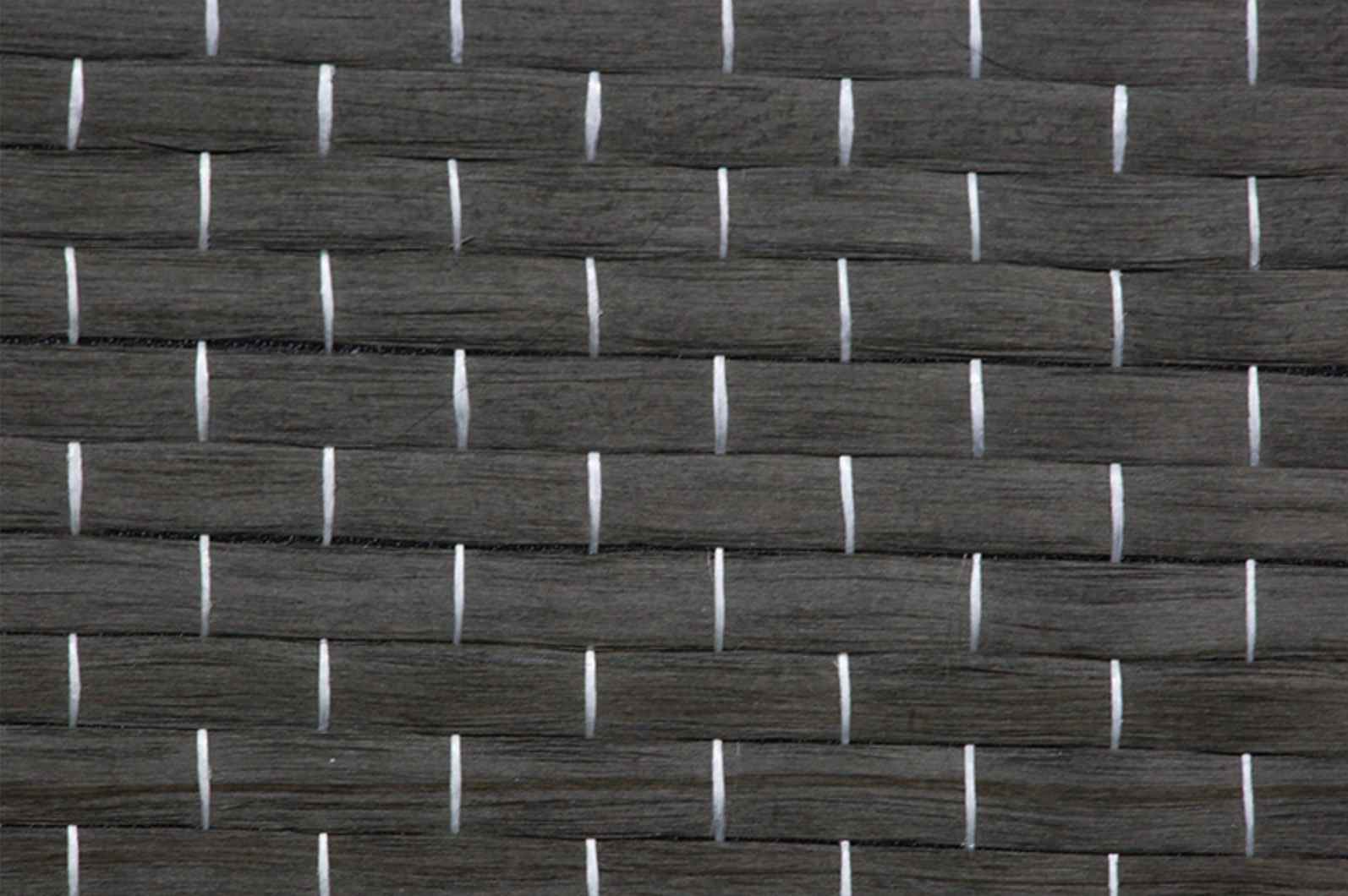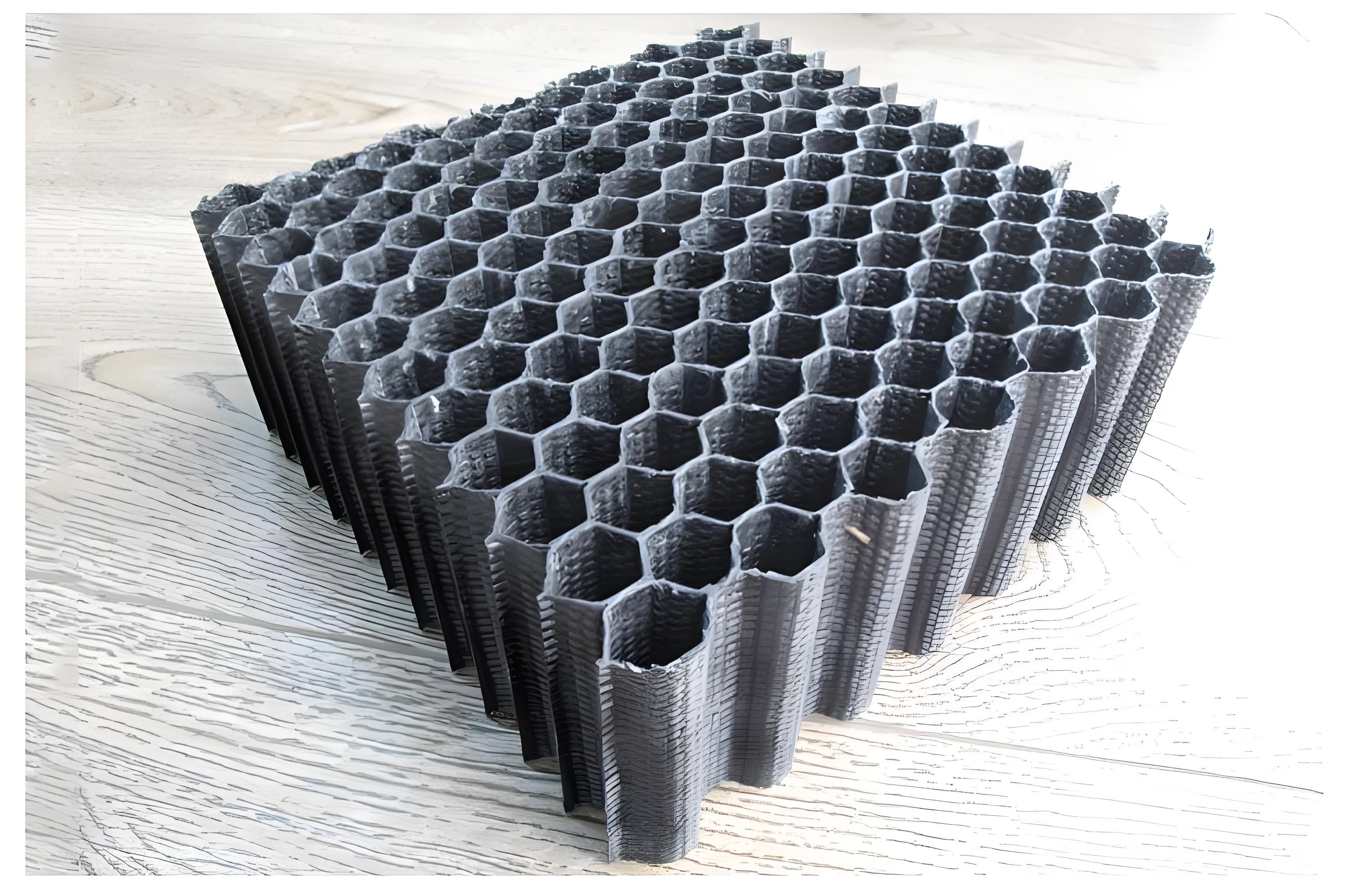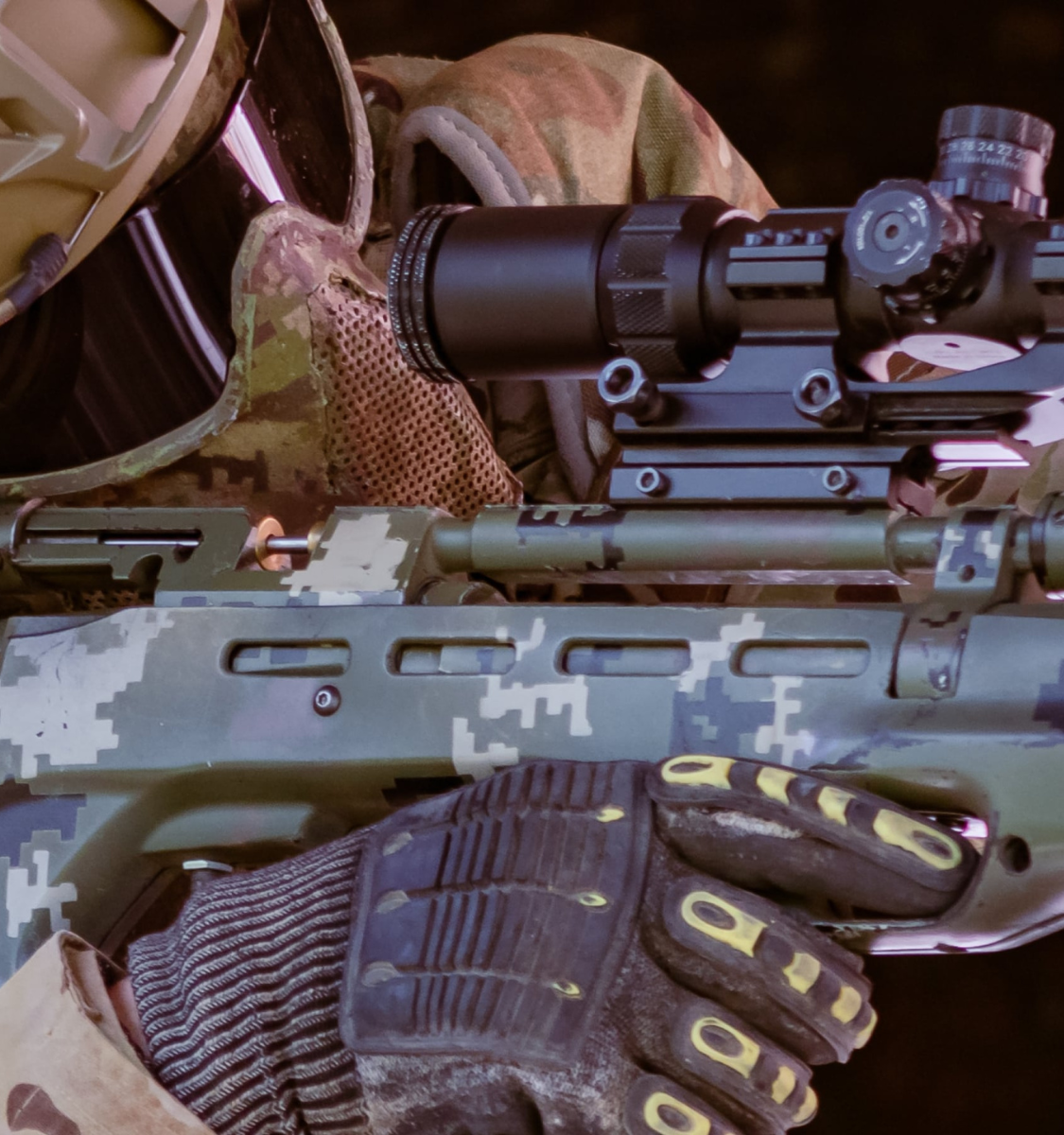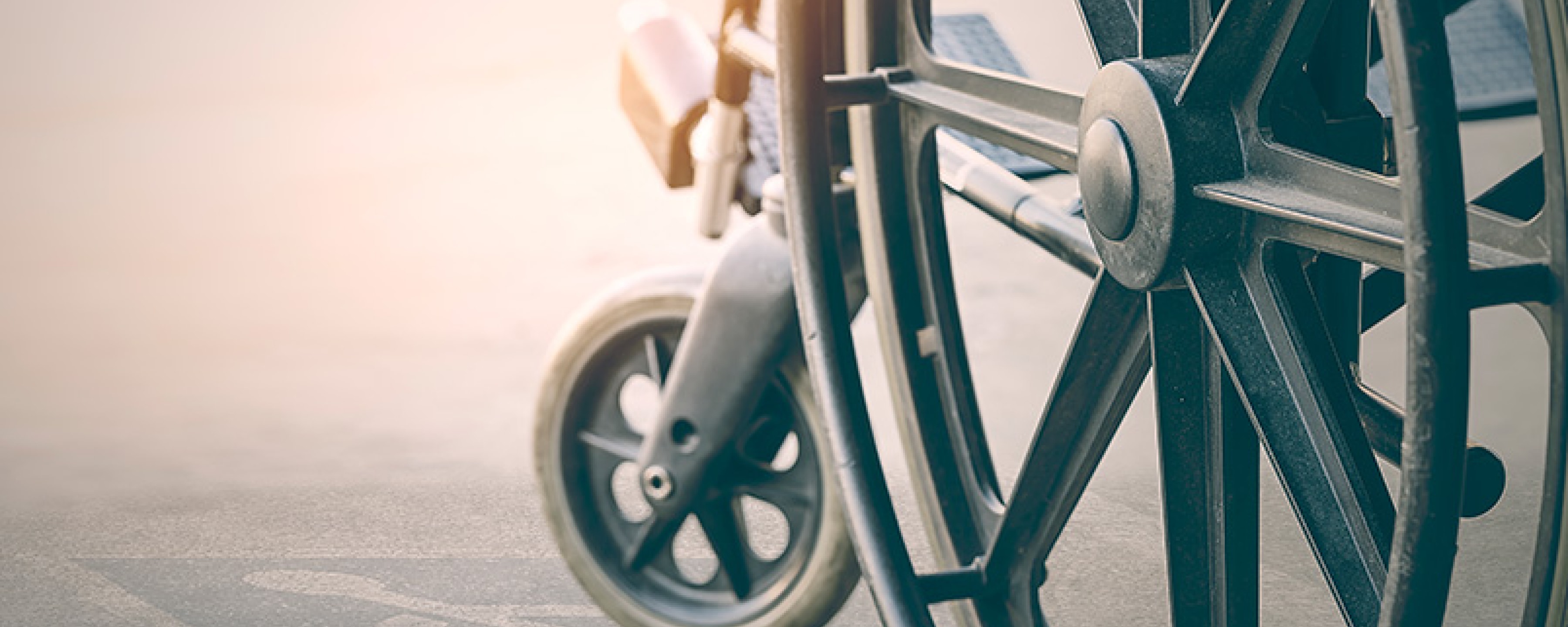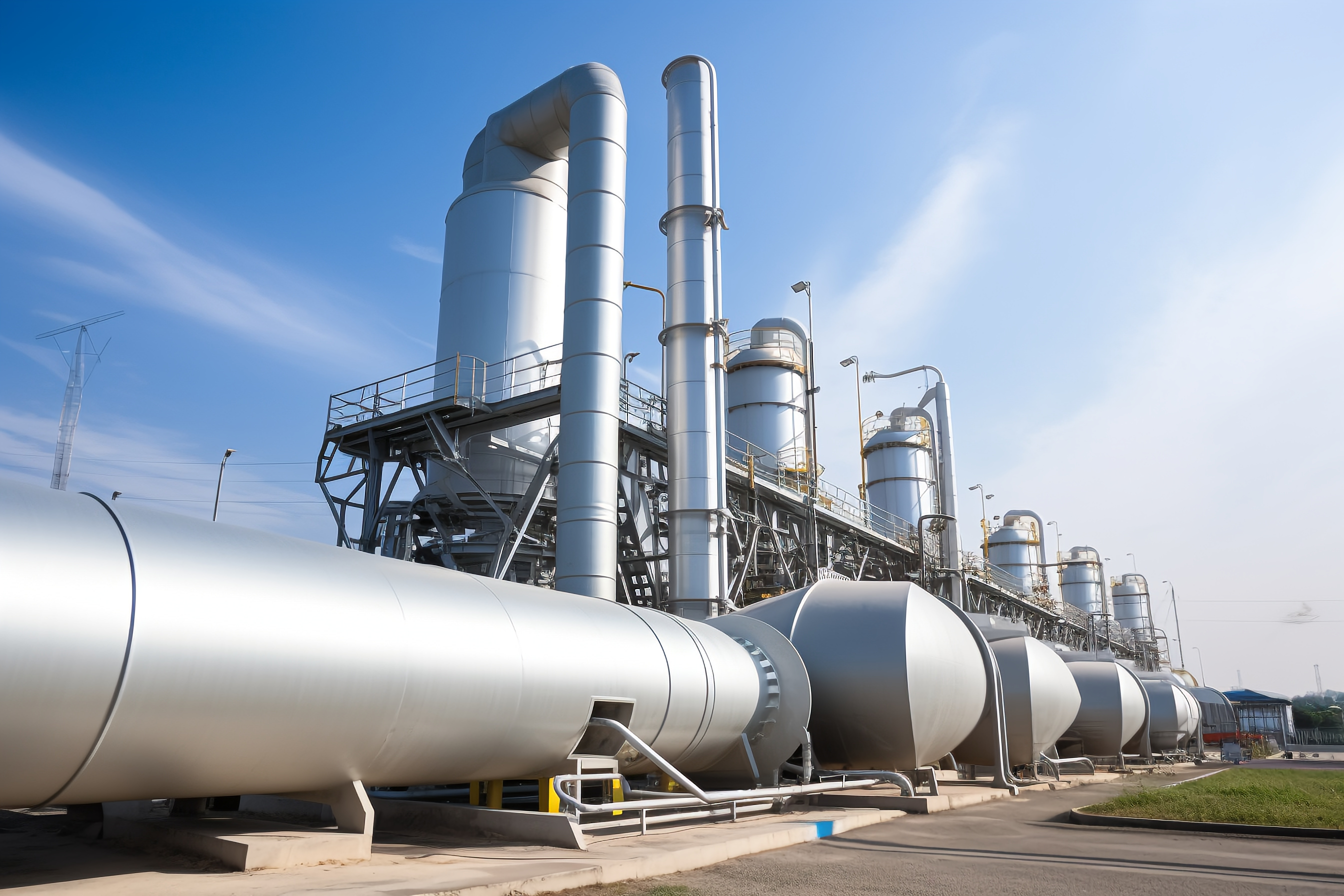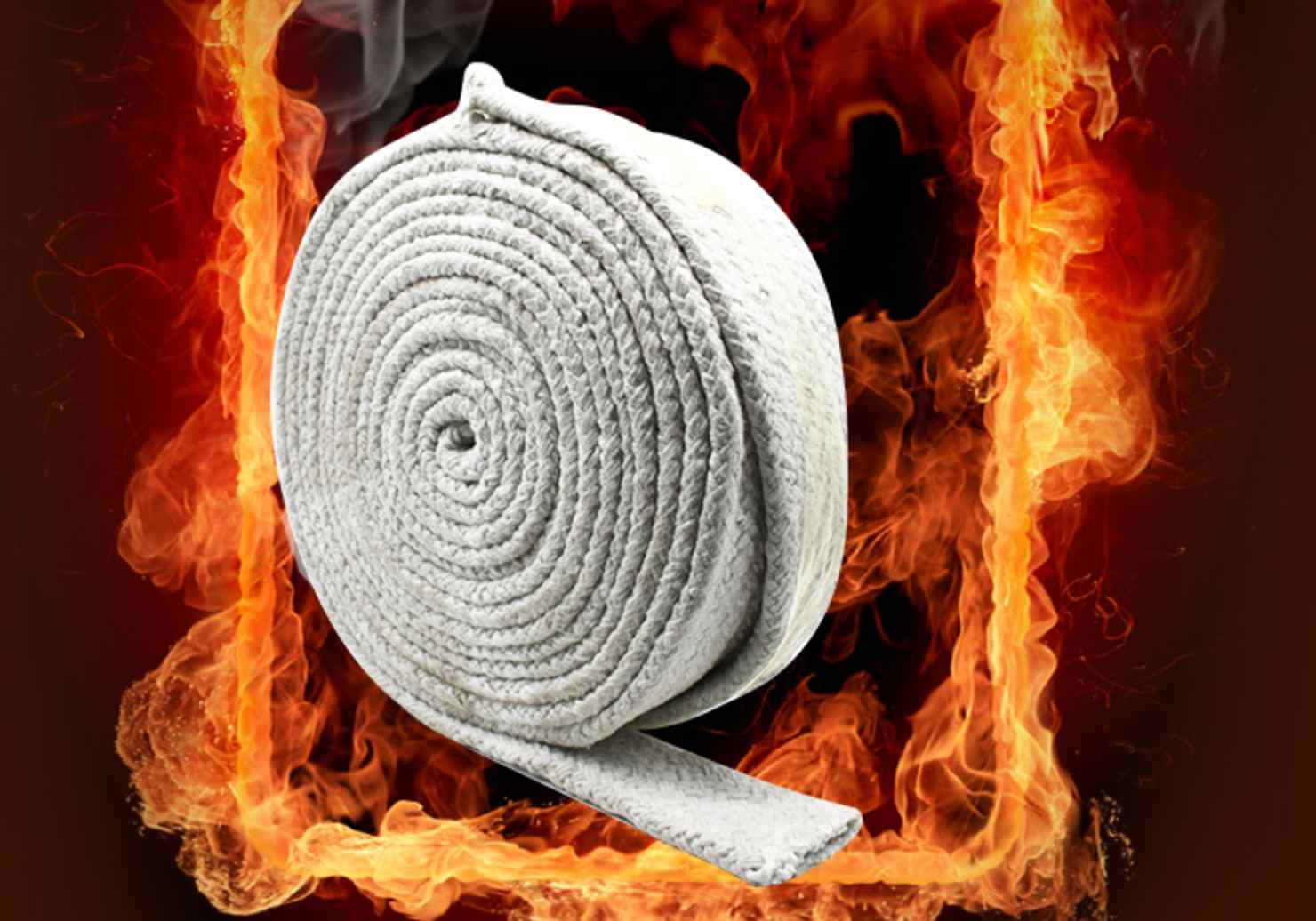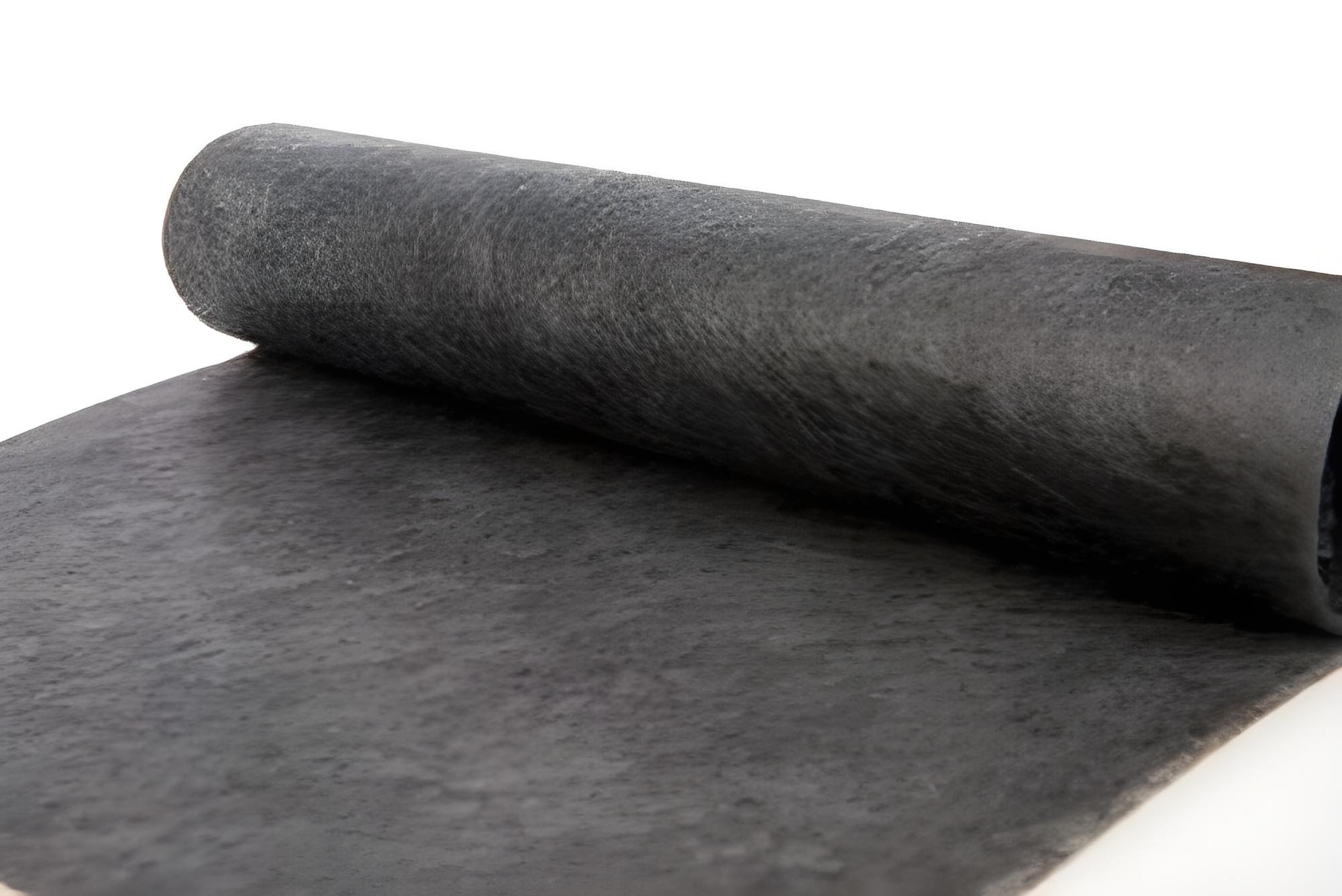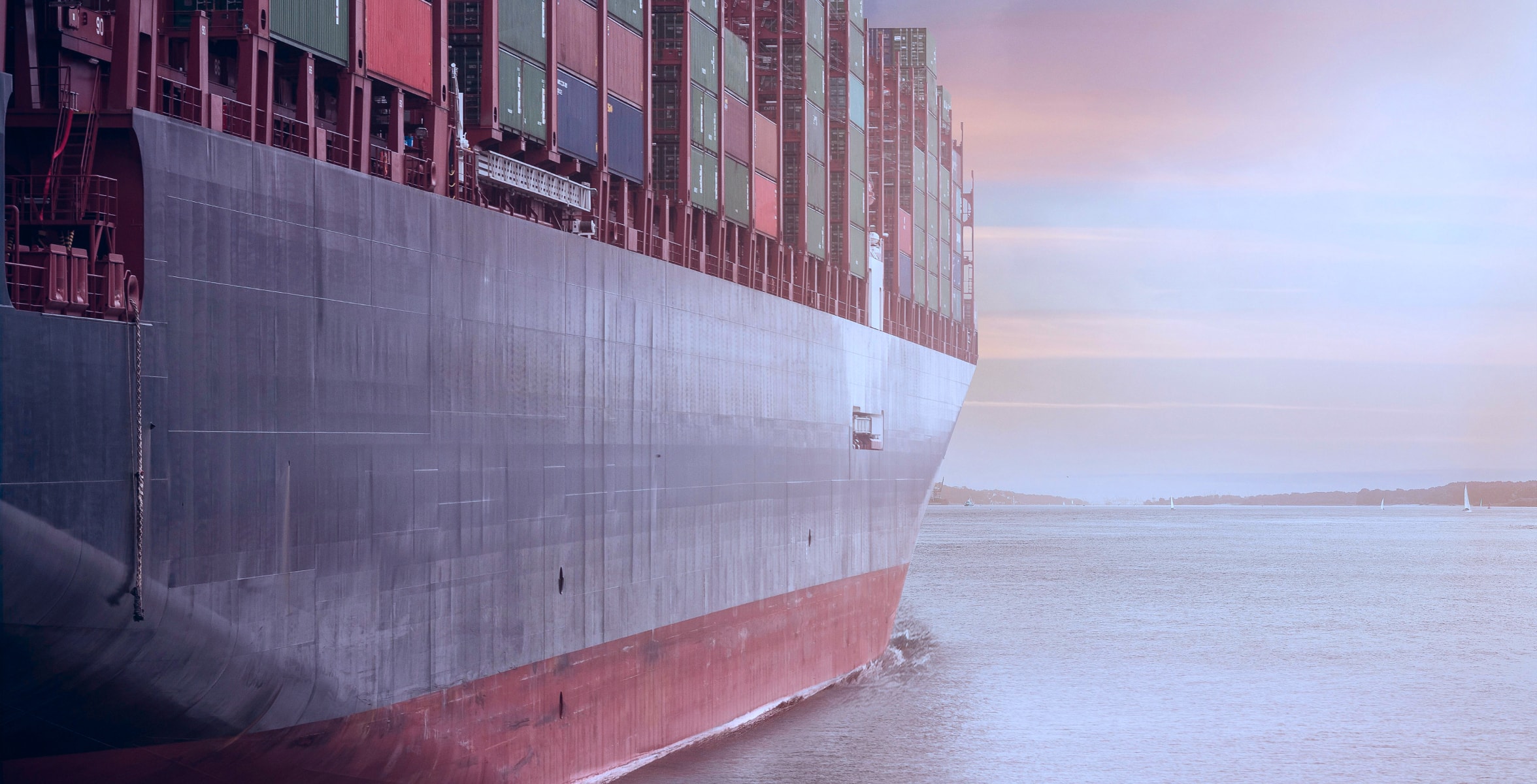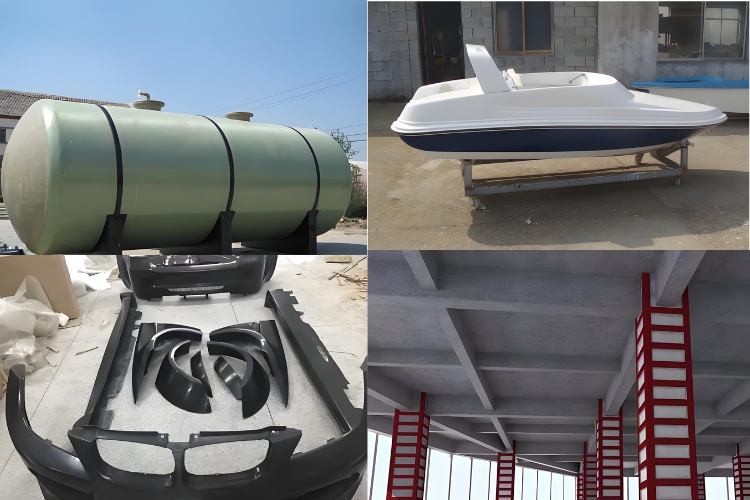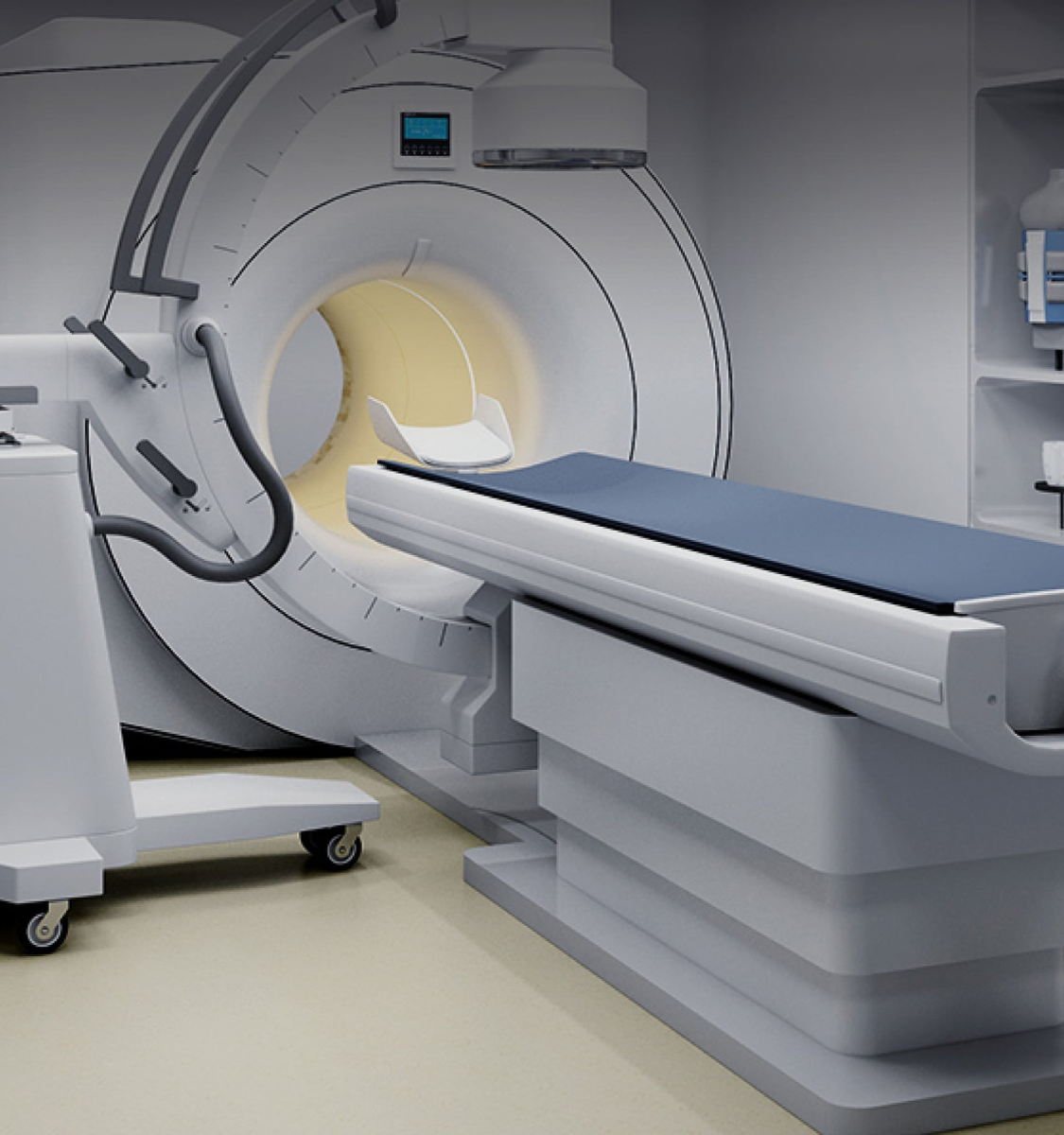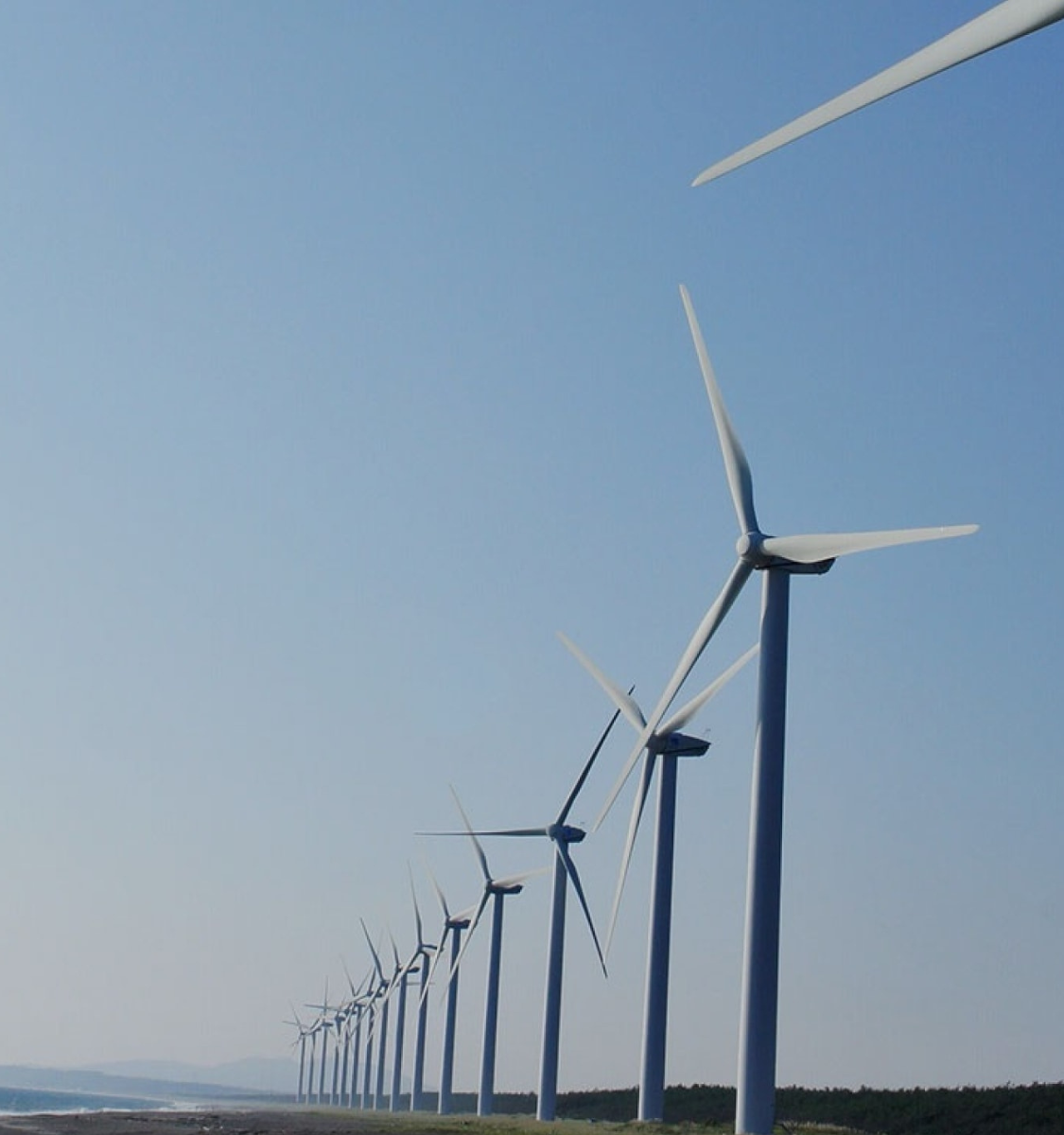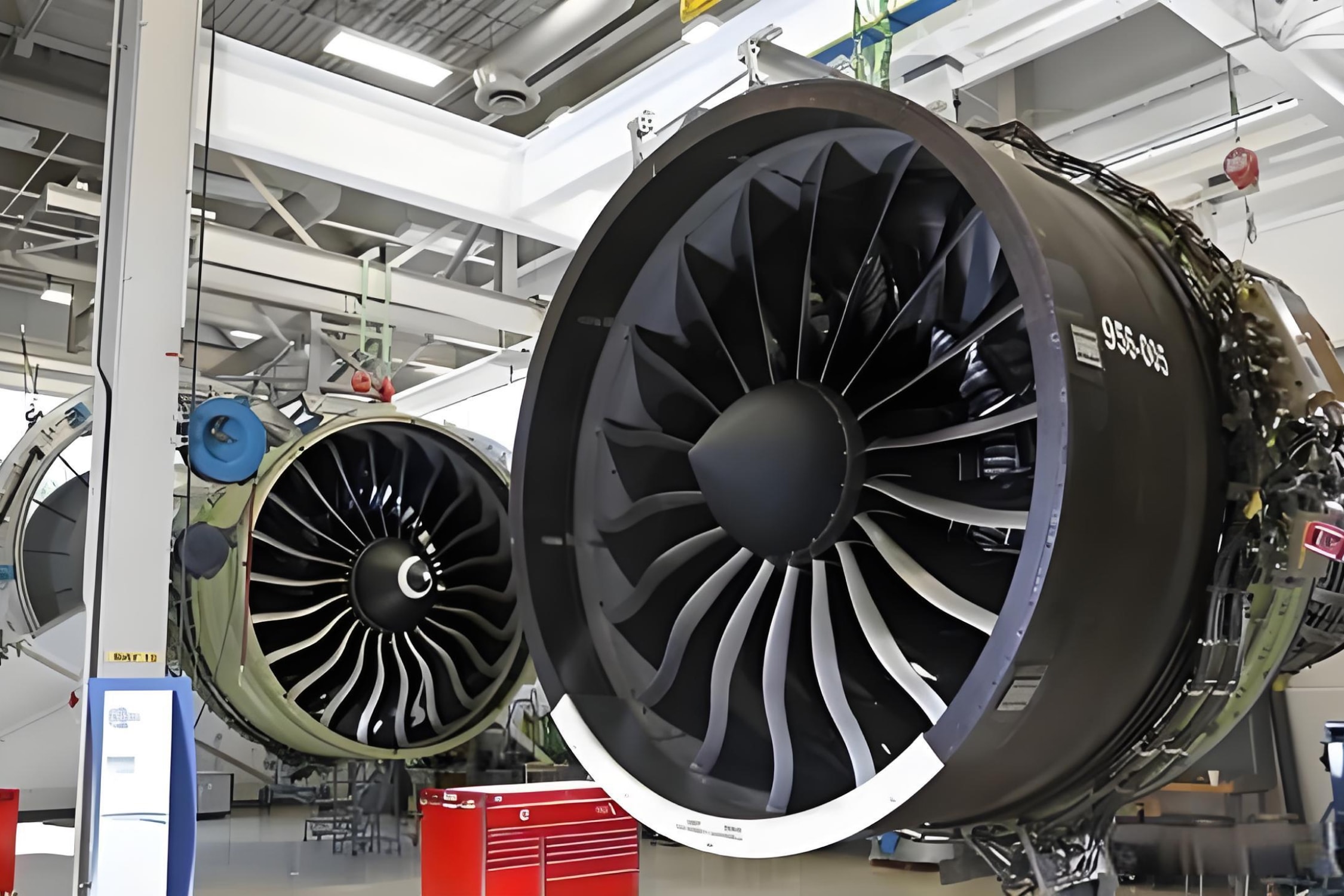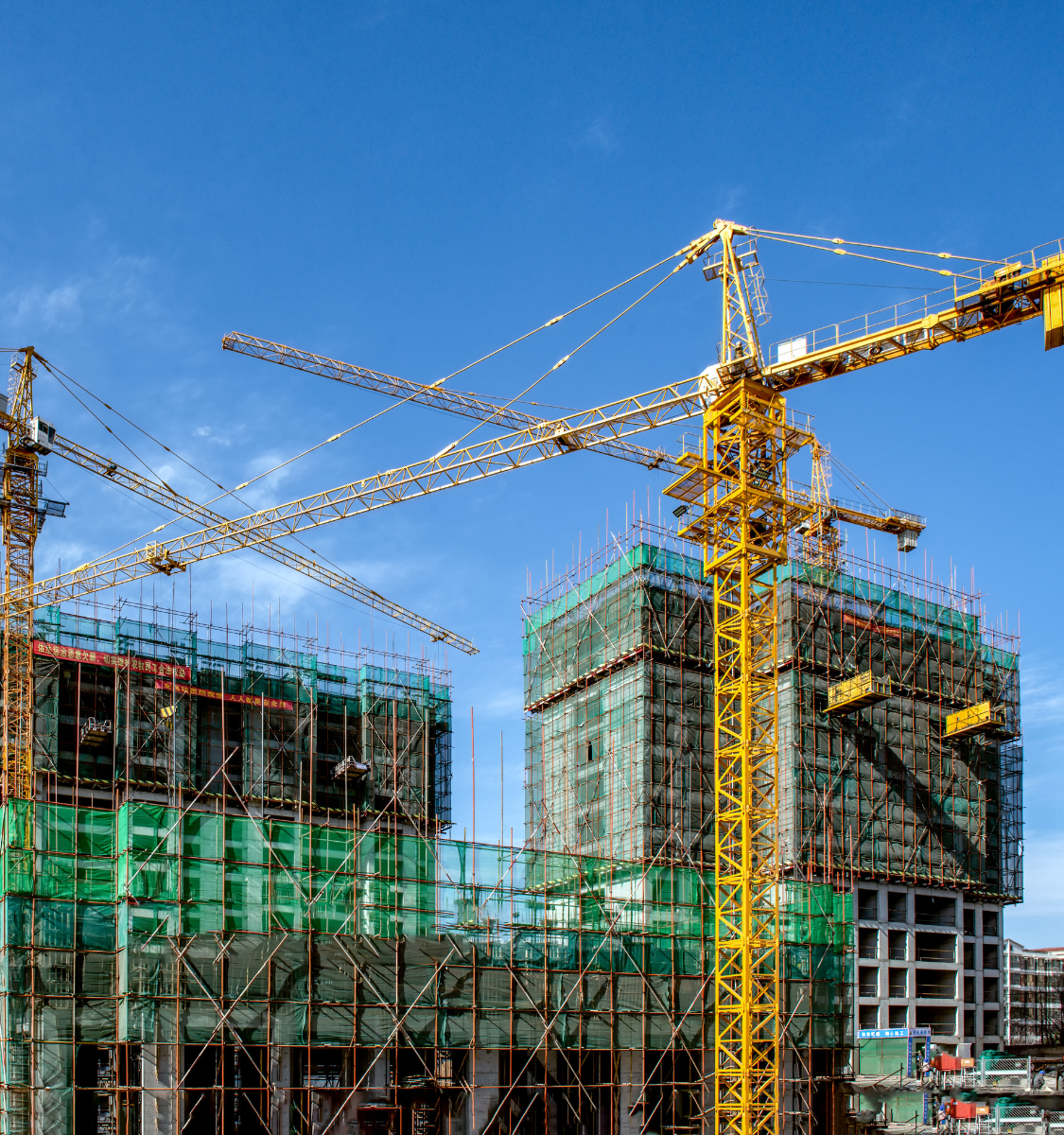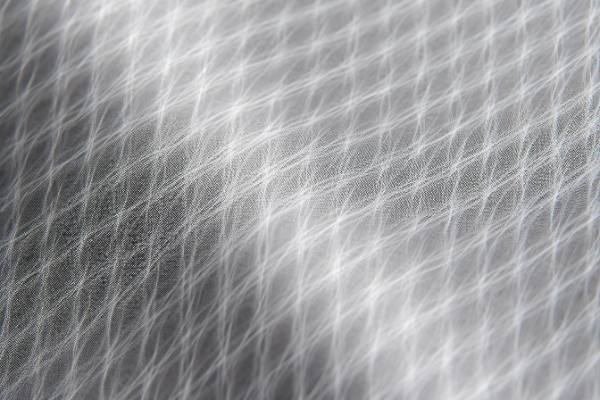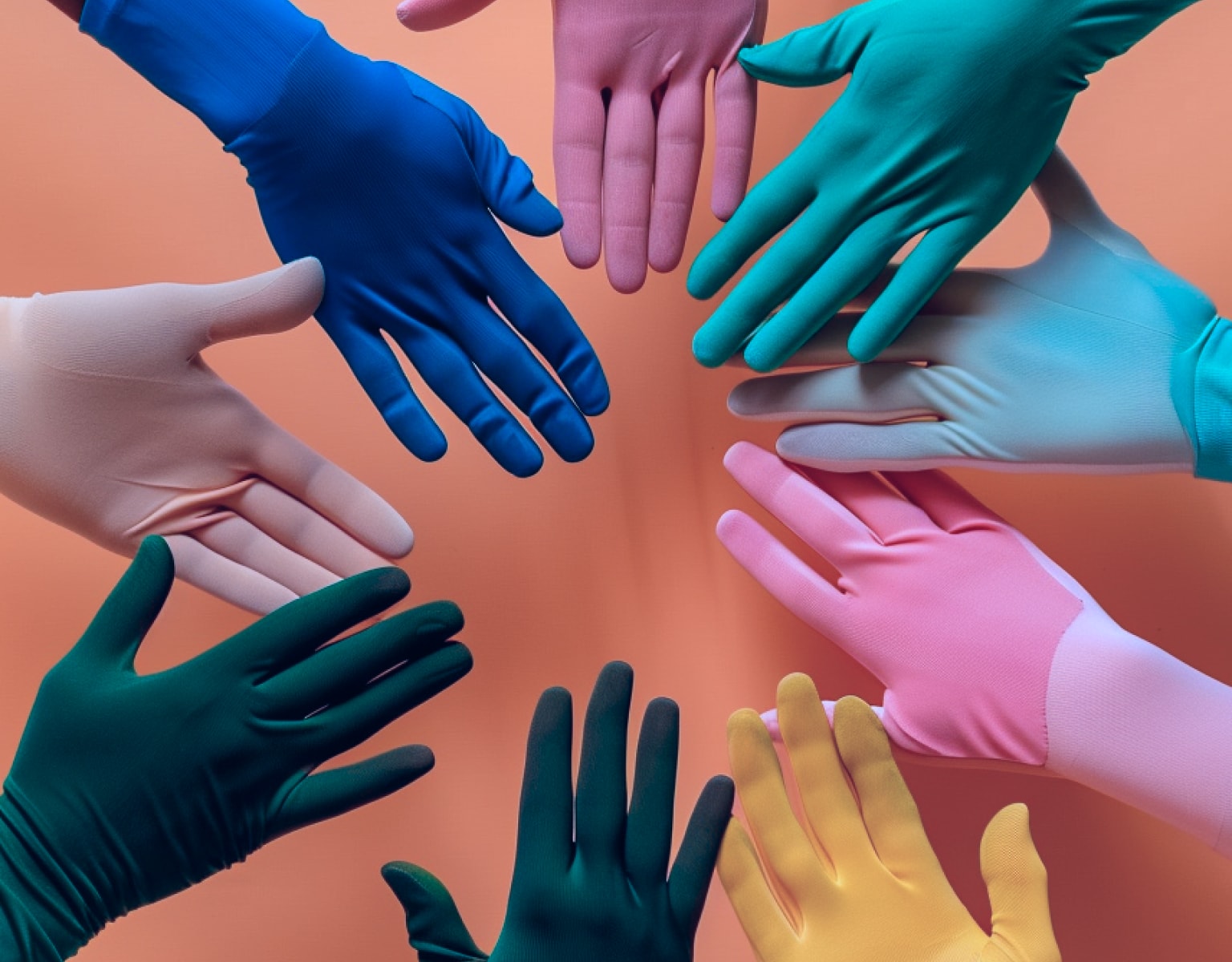+86-13732282311
merlin@xcellentcomposites.com
Let the world benefit from composite materials!
How Carbon Aramid Hybrid Fabric is Redefining Lightweight, High-Strength Materials
Explore carbon aramid hybrid fabric’s diverse applications in aerospace, automotive, sports, and more, and learn why carbon aramid hybrid fabric is a top choice for high-performance, durable, and sustainable solutions in modern engineering.
In the pursuit of materials that combine lightweight properties with exceptional strength, carbon aramid hybrid fabric has emerged as a groundbreaking solution. By blending the unique qualities of carbon fiber and aramid fiber, this hybrid material is redefining the standards in industries like aerospace, automotive, and sports equipment, where strength, durability, and reduced weight are crucial. This blog will explore what makes carbon aramid hybrid fabric so remarkable, its various applications, and the benefits that come with this innovative material.

What is Carbon Aramid Hybrid Fabric?
Carbon aramid hybrid fabric is a composite textile material woven from carbon fibers and aramid fibers. Carbon fiber is known for its high stiffness, strength, and lightweight properties, while aramid fibers (like Kevlar) are renowned for their impact resistance, toughness, and thermal stability. By combining these two materials, manufacturers create a fabric that not only maintains high tensile strength but also provides greater flexibility, improved impact resistance, and thermal stability.
This hybrid fabric is especially appealing for applications requiring a balance between stiffness and flexibility. Commonly referred to as carbon aramid hybrid fabric or simply carbon aramid fabric, this material has quickly gained traction in a range of fields, from sports gear to the most advanced aerospace engineering applications.
How is Carbon Aramid Hybrid Fabric Made?
The creation of carbon aramid hybrid fabric involves a carefully controlled weaving process that ensures the right balance between carbon and aramid fibers. There are several common weaves used in producing these fabrics, each with distinct properties that influence the material’s behavior:
1.Plain Weave: In a simple over-under weave, this structure offers balanced stability and strength, making it ideal for applications needing uniform stiffness.
2.Twill Weave: This pattern creates a fabric with a distinctive diagonal line, providing more flexibility than plain weave but retaining a high level of strength.
3.Satin Weave: This weave allows for maximum flexibility and is often used in applications requiring complex shapes and curves.
The weaving pattern, the ratio of carbon to aramid fibers, and the thickness of the individual fibers are adjusted to meet specific application requirements. This precise control over composition allows manufacturers to fine-tune the fabric’s mechanical properties, making it a highly adaptable material for various industries.
Key Properties of Carbon Aramid Hybrid Fabric
The combination of carbon and aramid fibers in a hybrid fabric results in an impressive array of properties that make it highly suited for demanding applications:
- Lightweight: The density of carbon aramid fabric is low, which helps reduce overall weight without compromising strength.
- High Tensile Strength: Both carbon and aramid fibers have high tensile strength, making this fabric resistant to stretching and deformation.
- Impact Resistance: Aramid fibers are particularly effective in absorbing impacts, which makes the fabric highly durable under stress and sudden impacts.
- Thermal Stability: Aramid fibers offer excellent heat resistance, which is further enhanced by the heat tolerance of carbon fibers, making the fabric suitable for high-temperature environments.
- Corrosion Resistance: Carbon aramid hybrid fabrics are naturally resistant to corrosion, unlike metals that may corrode over time when exposed to certain environments.
These properties make carbon aramid hybrid fabric ideal for lightweight, high-strength applications, enabling manufacturers to develop products that offer both durability and reduced weight.
Advantages of Using Carbon Aramid Hybrid Fabric
The hybrid nature of carbon aramid fabric provides numerous advantages over traditional materials, especially for industries that prioritize weight and strength. Here’s a look at some of the main benefits:
1.Enhanced Durability and Longevity: The impact resistance provided by aramid fibers combined with the tensile strength of carbon fibers means that carbon aramid hybrid fabrics can endure high levels of wear and tear, leading to a longer lifespan.
2.Versatility in Application: The customizable nature of carbon aramid fabric makes it suitable for a range of applications, from aviation parts to performance sports equipment. Its ability to be shaped and molded allows it to meet the specific needs of different sectors.
3.Improved Safety and Performance: Due to its superior impact resistance, carbon aramid fabric offers added safety in applications like automotive and sports gear, where protection against shocks and collisions is vital.
4.Eco-Friendly Alternative: Although composite materials are often seen as environmentally challenging, carbon aramid fabric's long lifespan and reduced need for replacement make it a sustainable choice for industries looking to minimize waste.
Applications of Carbon Aramid Hybrid Fabric
Carbon aramid hybrid fabric is used in numerous applications across various industries, each benefiting from the material’s unique combination of lightweight strength and flexibility.
1. Aerospace Industry
In aerospace engineering, reducing weight without sacrificing safety or performance is critical. Carbon aramid hybrid fabrics are used in structural components, interiors, and protective layers to reduce the weight of aircraft while maintaining structural integrity. Parts made from carbon aramid fabric contribute to fuel efficiency and lower emissions due to their lightweight properties. Additionally, the material’s impact resistance and thermal stability ensure that it performs well under the extreme conditions of high-altitude flight.
2. Automotive Industry
The automotive industry leverages carbon aramid hybrid fabrics for both structural and cosmetic applications. In high-performance and luxury vehicles, carbon aramid fabric is used in parts like door panels, body frames, and reinforcement layers. The lightweight nature of the fabric improves the vehicle's fuel efficiency and handling, while the strength and impact resistance contribute to enhanced passenger safety.
3. Sports Equipment
Sports equipment manufacturers frequently use carbon aramid fabrics to produce gear that is both lightweight and durable. Products like helmets, racing bicycles, and protective pads benefit from the fabric’s strength-to-weight ratio. Carbon aramid hybrid fabrics are also commonly found in sports gear where both flexibility and impact protection are crucial, such as in protective vests and climbing gear.
4. Marine Industry
In marine applications, the corrosion-resistant properties of carbon aramid fabric make it ideal for parts that are exposed to harsh saltwater environments. It is used in components of racing boats, kayaks, and other marine vessels where reducing weight without compromising durability is essential. The fabric’s resilience to UV rays and temperature fluctuations also ensures that it performs well over long periods in marine conditions.
5. Civil Engineering
In civil engineering, carbon aramid hybrid fabrics are utilized to reinforce structures like bridges and buildings. By applying this fabric to critical points, engineers can enhance the strength of structures without adding significant weight. Its resistance to environmental factors such as temperature and moisture further adds to the longevity of the infrastructure.

Future of Carbon Aramid Hybrid Fabric
As industries continue to push for lighter, stronger, and more sustainable materials, the demand for carbon aramid hybrid fabrics is expected to grow. Researchers are working on ways to improve the manufacturing process, reduce costs, and make the material even more adaptable to complex applications. Innovations in weaving technology and composite engineering may lead to even greater performance from these hybrid fabrics, further cementing their place in high-performance applications.
Moreover, advances in recycling technologies could make it easier to repurpose or recycle carbon aramid fabric, reducing the environmental footprint of composite materials. This aligns with global efforts to create more sustainable materials and reduce waste across industries.
Challenges in Using Carbon Aramid Hybrid Fabric
Despite its many advantages, there are some challenges associated with carbon aramid hybrid fabric. The production process can be costly, which may limit its use in some consumer applications. Additionally, while carbon aramid fabric is highly durable, it is still susceptible to damage under certain conditions, such as prolonged UV exposure if not properly treated.
The challenges of integrating this fabric into existing manufacturing processes can also pose an obstacle, as specialized equipment and skilled labor are often required. However, as technology advances and manufacturing processes evolve, these challenges are likely to diminish, making carbon aramid fabrics more accessible across industries.
Conclusion
Carbon aramid hybrid fabric is undeniably reshaping the way industries approach lightweight, high-strength materials. Its unique combination of carbon fiber’s stiffness and aramid fiber’s impact resistance has created a fabric that offers unmatched performance across a wide array of applications. From the aerospace and automotive sectors to sports and marine industries, the advantages of carbon aramid hybrid fabric are driving innovation and enabling the creation of products that are both durable and efficient.
As research and technology continue to advance, carbon aramid hybrid fabric’s potential applications will only expand, making it an increasingly important material in the quest for stronger, lighter, and more sustainable solutions. For industries and engineers alike, understanding and utilizing carbon aramid hybrid fabric could mean not only improved product performance but also a step towards more sustainable and efficient manufacturing. This hybrid fabric is a testament to the power of material science to redefine what is possible, paving the way for the next generation of high-performance, lightweight solutions.
Popular Composite Materials
Popular Composite Materials
Composites Knowledge Hub
Composites Knowledge Hub

